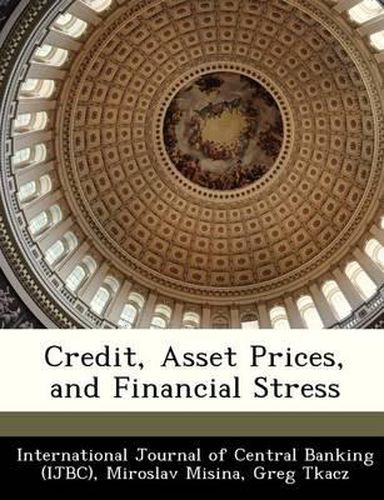Readings Newsletter
Become a Readings Member to make your shopping experience even easier.
Sign in or sign up for free!
You’re not far away from qualifying for FREE standard shipping within Australia
You’ve qualified for FREE standard shipping within Australia
The cart is loading…






Historical narratives typically associate financial crises with credit expansions and asset price misalignments. The question is whether some combination of measures of credit and asset prices can be used to predict these events. Borio and Lowe (2002) answer this question in the affirmative for a sample of thirty-four countries, but the question is surprisingly difficult to answer for individual developed countries that have faced very few, if any, financial crises in the past. To circumvent this problem, we focus on financial stress and ask whether credit and asset price movements can help predict it. To measure financial stress, we use the financial stress index (FSI) developed by Illing and Liu (2006). Other innovations include the estimation and forecasting using both linear and endogenous threshold models, and a wide range of asset prices (stock and housing prices, for example). The exercise is mainly performed for Canada, but in our robustness checks we also consider data for Japan and the United States. Our sample also includes the financial crisis of 2007-08.
$9.00 standard shipping within Australia
FREE standard shipping within Australia for orders over $100.00
Express & International shipping calculated at checkout
Historical narratives typically associate financial crises with credit expansions and asset price misalignments. The question is whether some combination of measures of credit and asset prices can be used to predict these events. Borio and Lowe (2002) answer this question in the affirmative for a sample of thirty-four countries, but the question is surprisingly difficult to answer for individual developed countries that have faced very few, if any, financial crises in the past. To circumvent this problem, we focus on financial stress and ask whether credit and asset price movements can help predict it. To measure financial stress, we use the financial stress index (FSI) developed by Illing and Liu (2006). Other innovations include the estimation and forecasting using both linear and endogenous threshold models, and a wide range of asset prices (stock and housing prices, for example). The exercise is mainly performed for Canada, but in our robustness checks we also consider data for Japan and the United States. Our sample also includes the financial crisis of 2007-08.